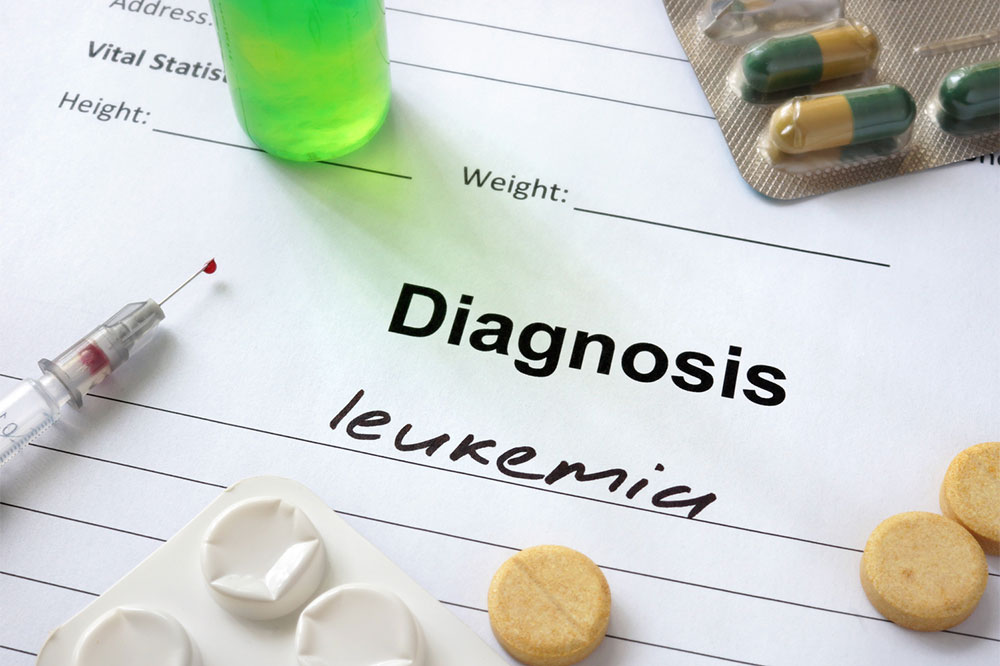Understanding Chronic Myeloid Leukemia: Key Facts You Need to Know
Discover essential facts about Chronic Myeloid Leukemia, including its causes, symptoms, and treatment options. Learn how early diagnosis and targeted therapies can help manage this slow-growing blood cancer effectively. Awareness is key to prompt medical intervention and improved outcomes.

Understanding Chronic Myeloid Leukemia: Key Facts You Need to Know
Chronic Myeloid Leukemia (CML) is a slow-progressing blood cancer affecting the bone marrow and circulatory system. It develops over years and can persist throughout a person's life, even with treatment. While most cancers are linked to genetic mutations or lifestyle factors, CML often results from exposure to high levels of radiation. Its symptoms vary across phases, including fatigue, fever, and anemia, with more severe signs emerging in advanced stages. Effective therapies, such as targeted drugs, can induce remission and manage the disease effectively.
The disease has three primary phases: the chronic stage, the accelerated phase, and the blast crisis. Early symptoms like mild fatigue or minor fever may be overlooked; thus, regular check-ups are essential. As CML advances, symptoms worsen, including severe fatigue, weight loss, bleeding, and increased infections. Diagnosing involves blood tests, bone marrow analysis, ultrasounds, or CT scans. Treatment options include Tyrosine Kinase Inhibitors, chemotherapy, and biological therapies to control disease progression and improve quality of life.
Note:
This article offers comprehensive insights into CML, helpful for patients and caregivers. However, it should not replace professional medical advice. For diagnosis and treatment, consult qualified healthcare providers. The information aims to increase awareness about this condition and promote timely medical actions.










